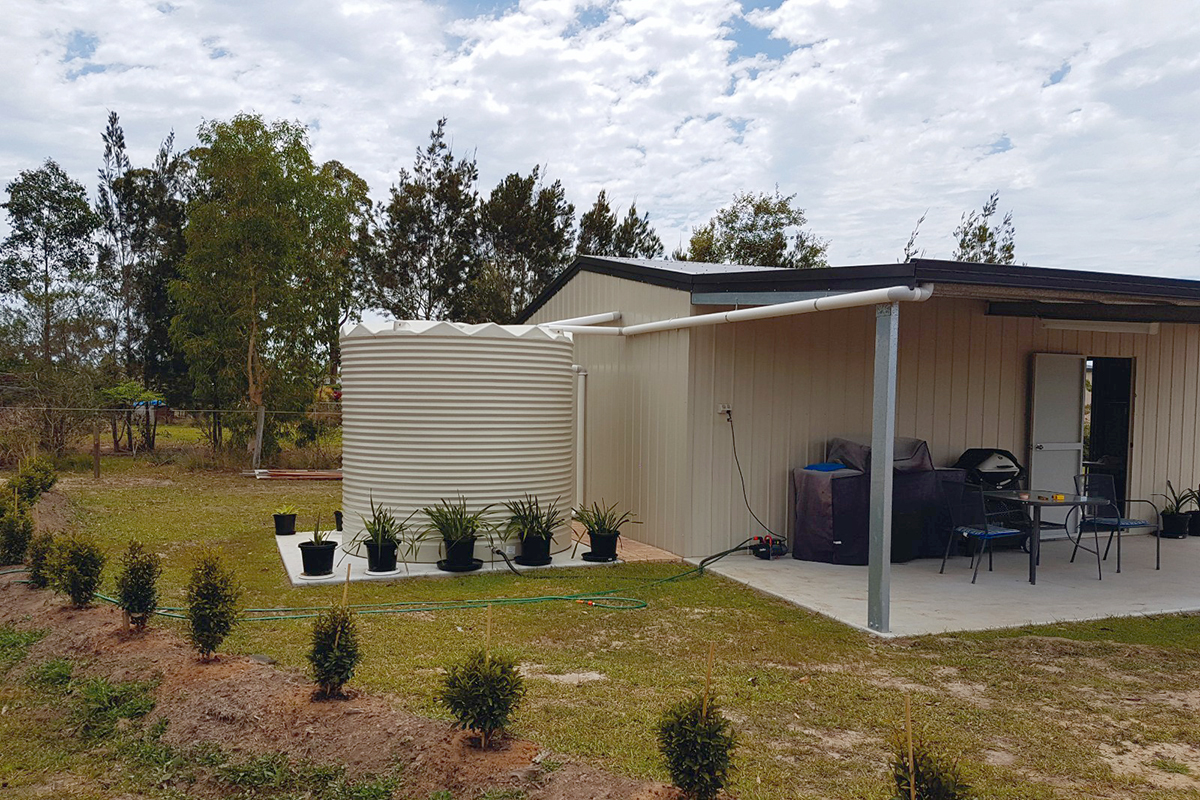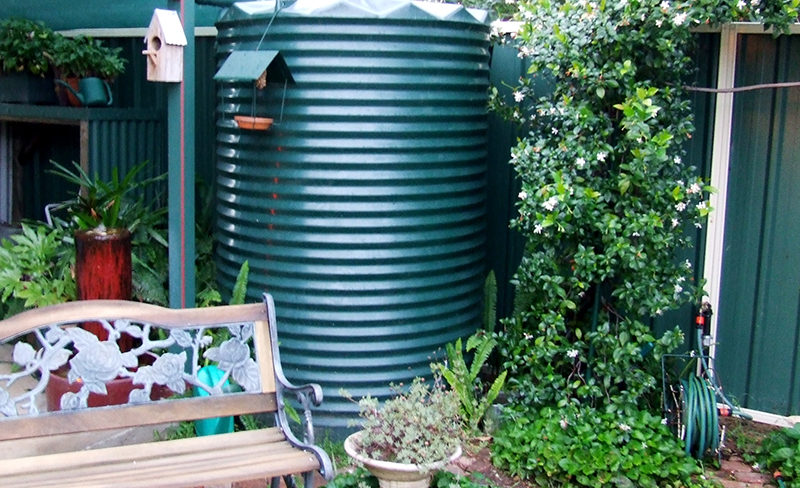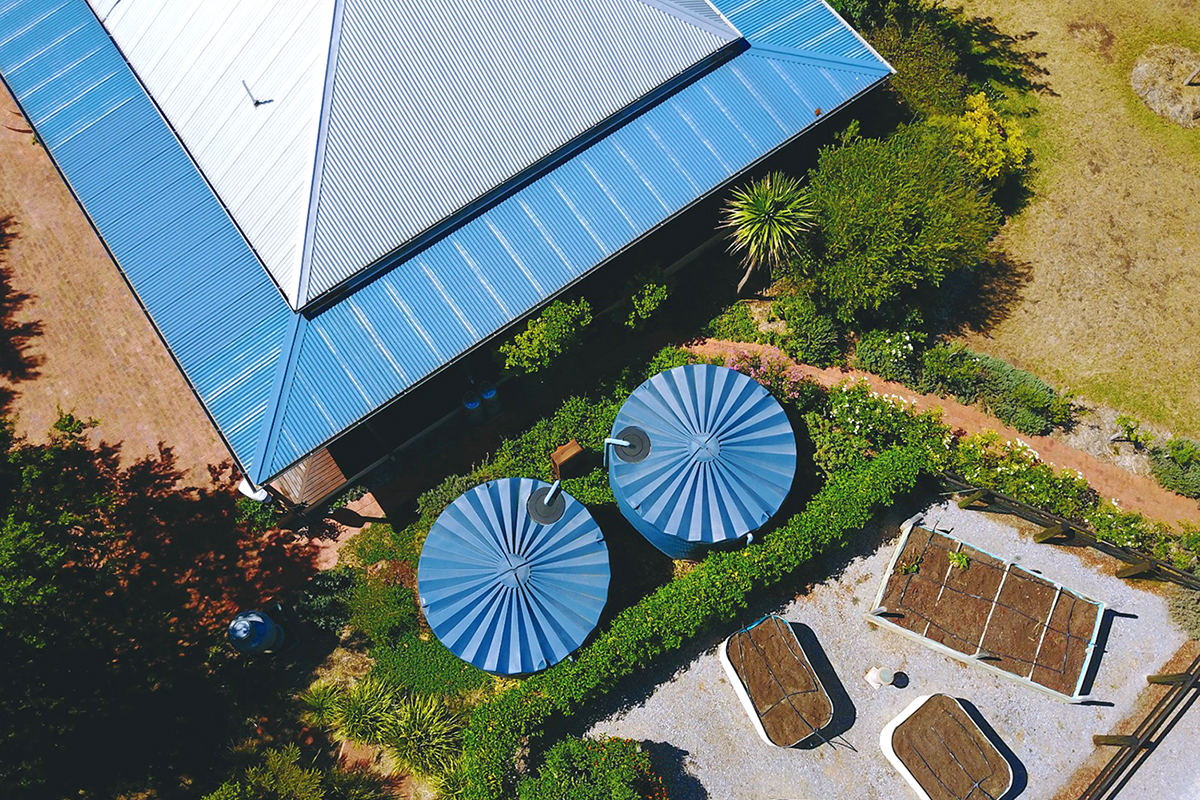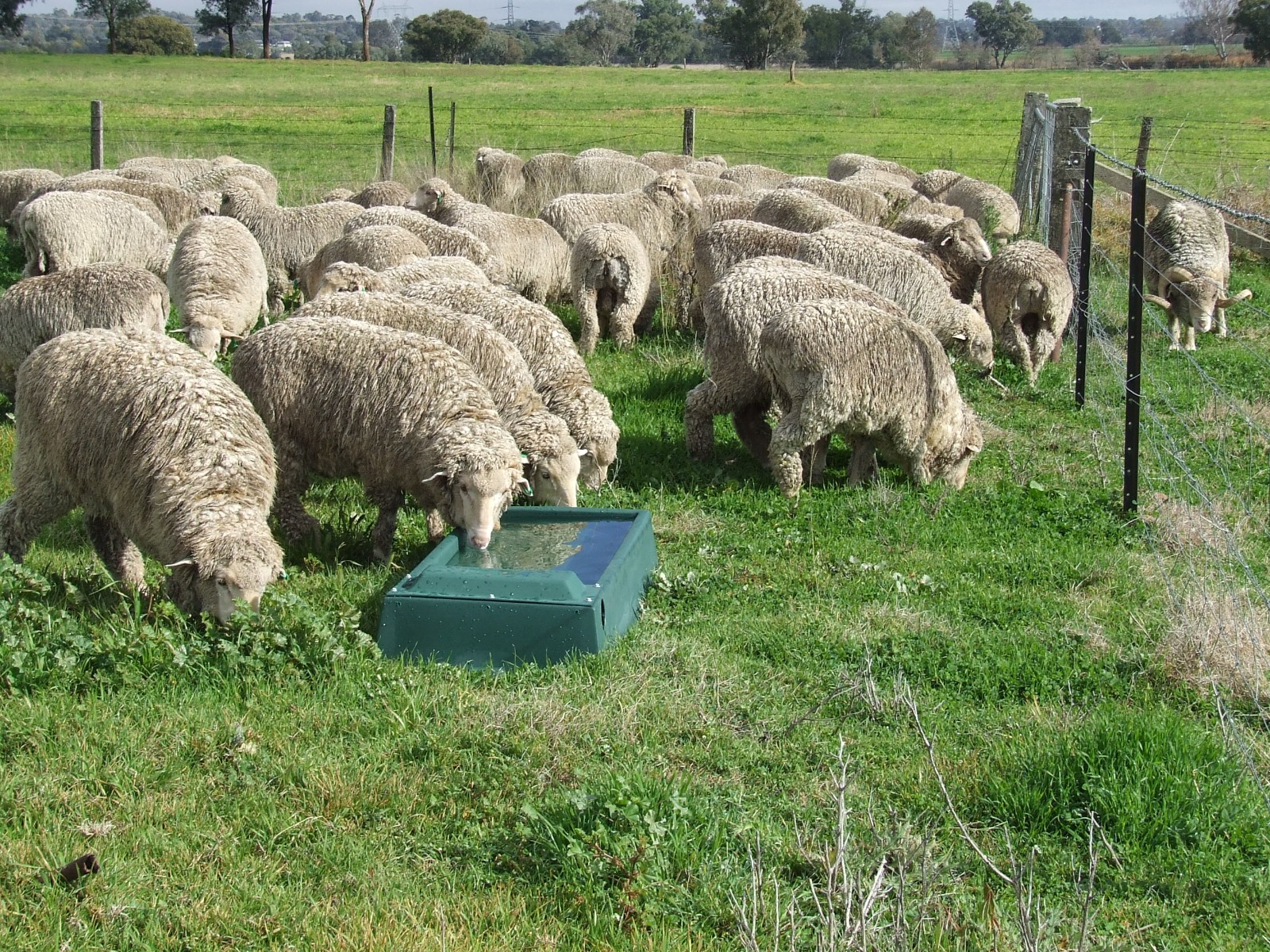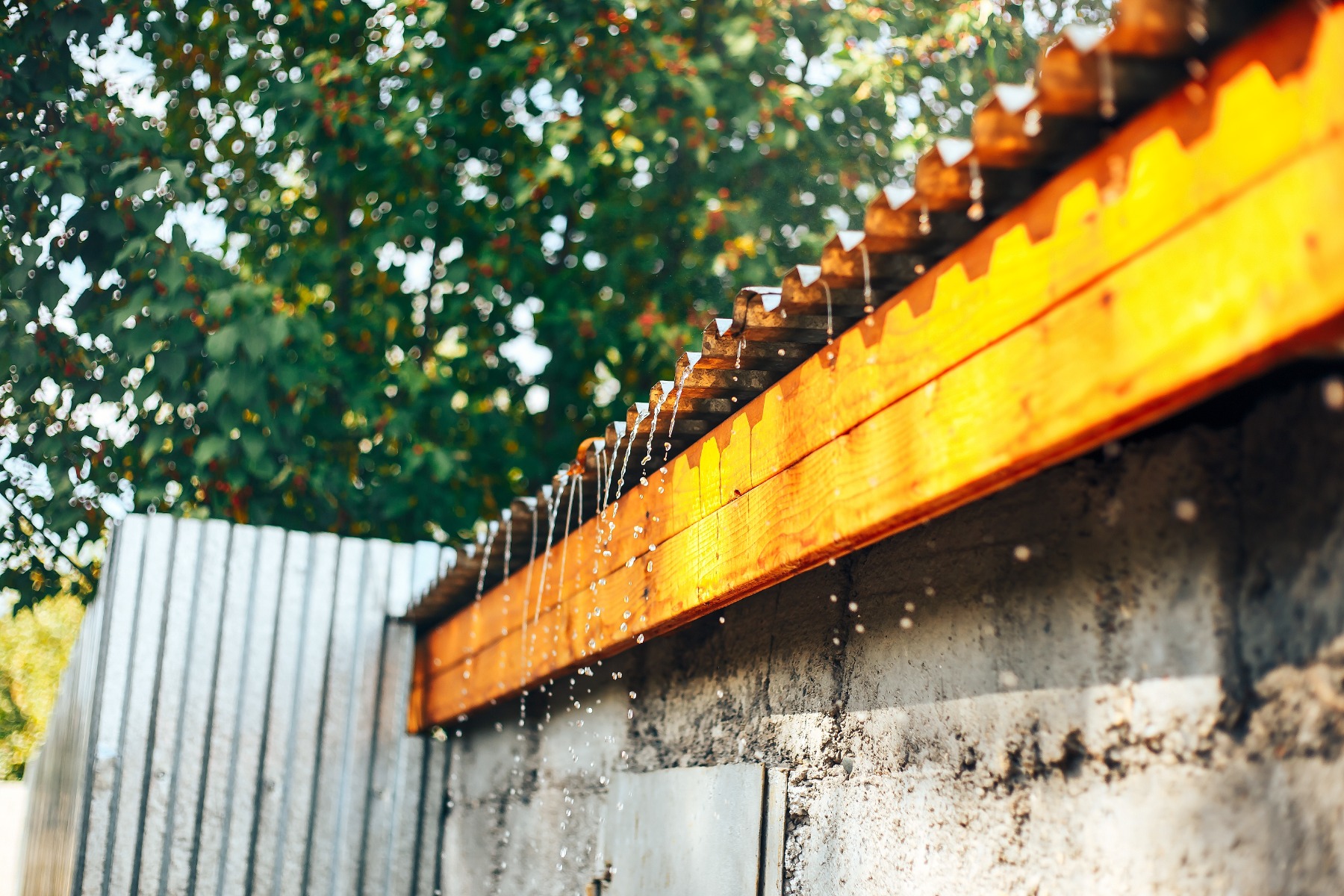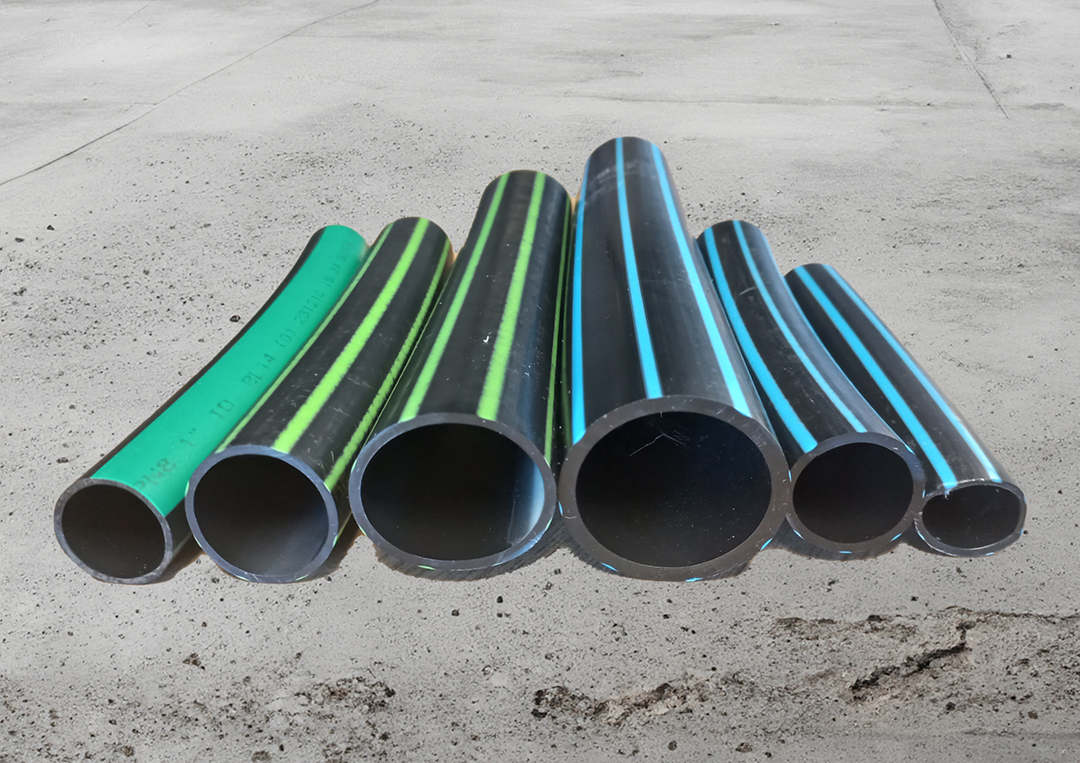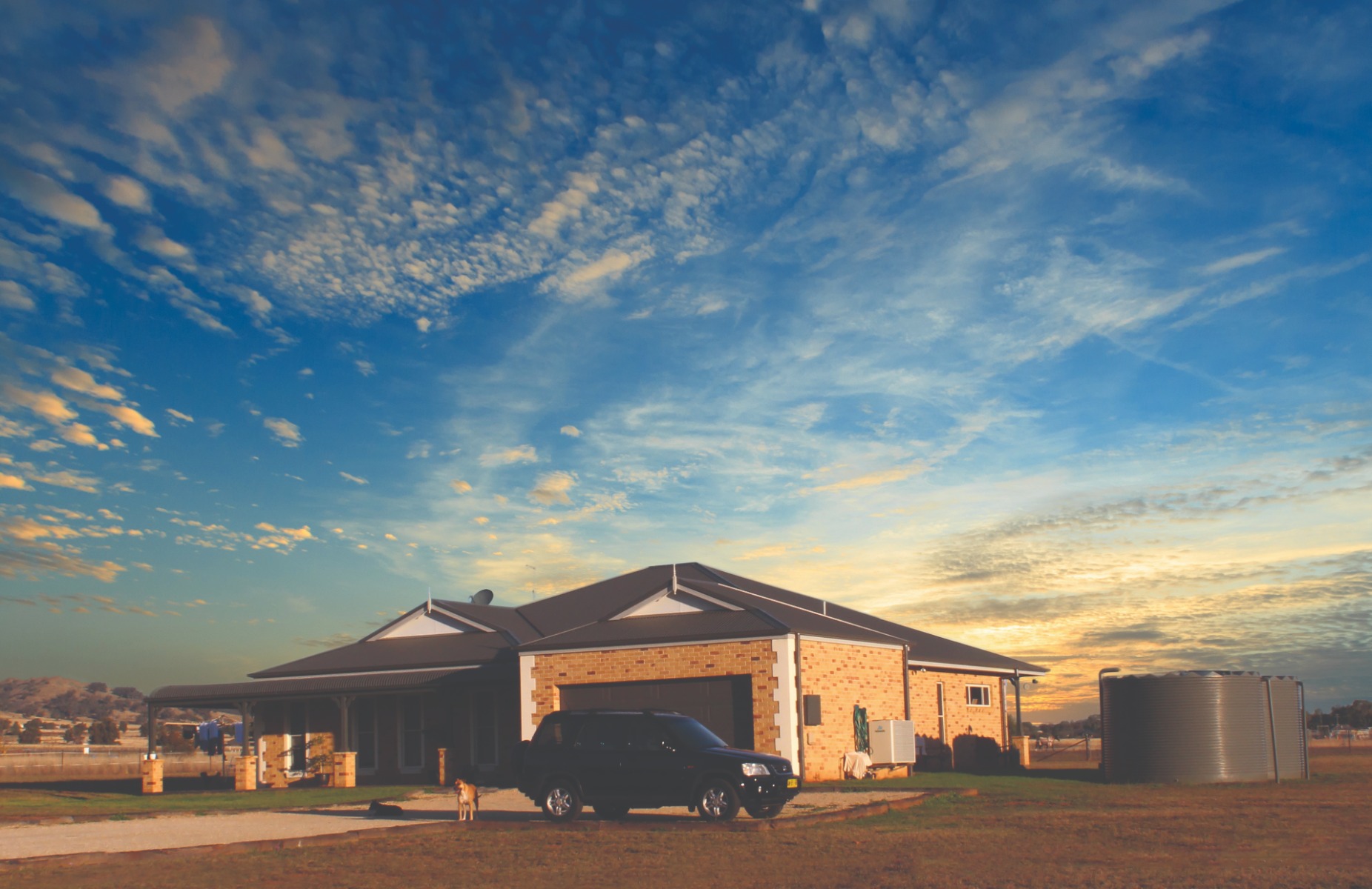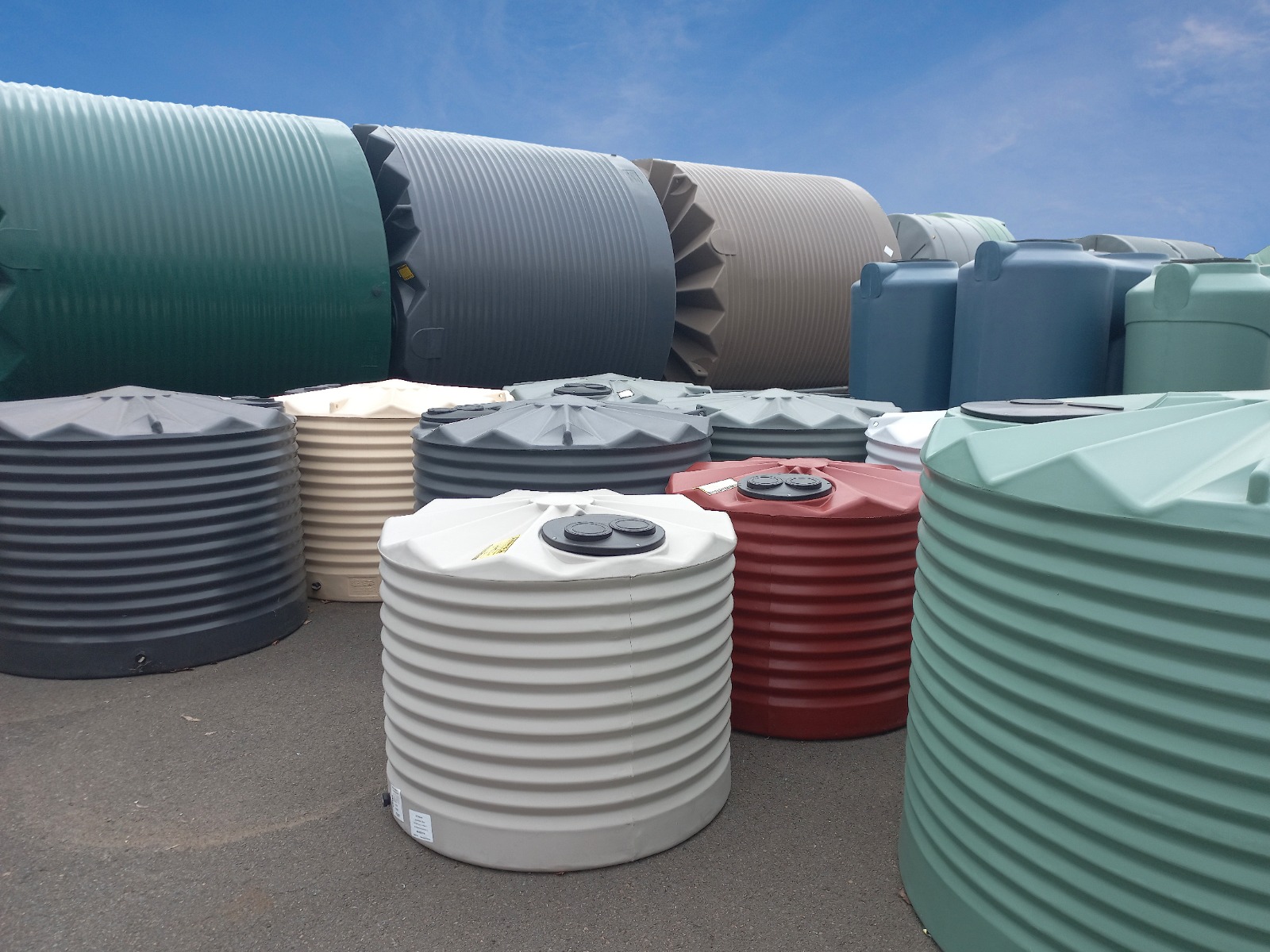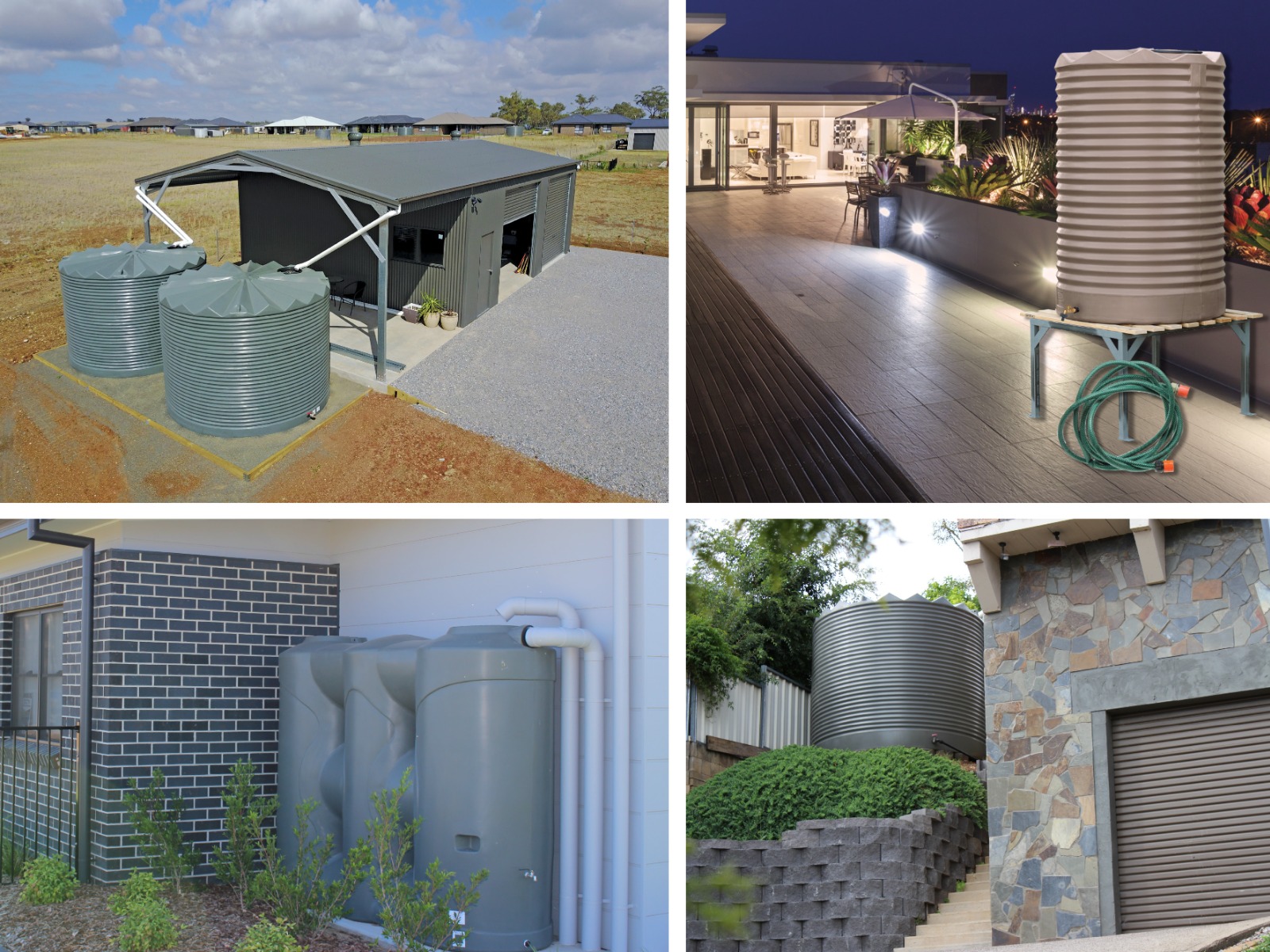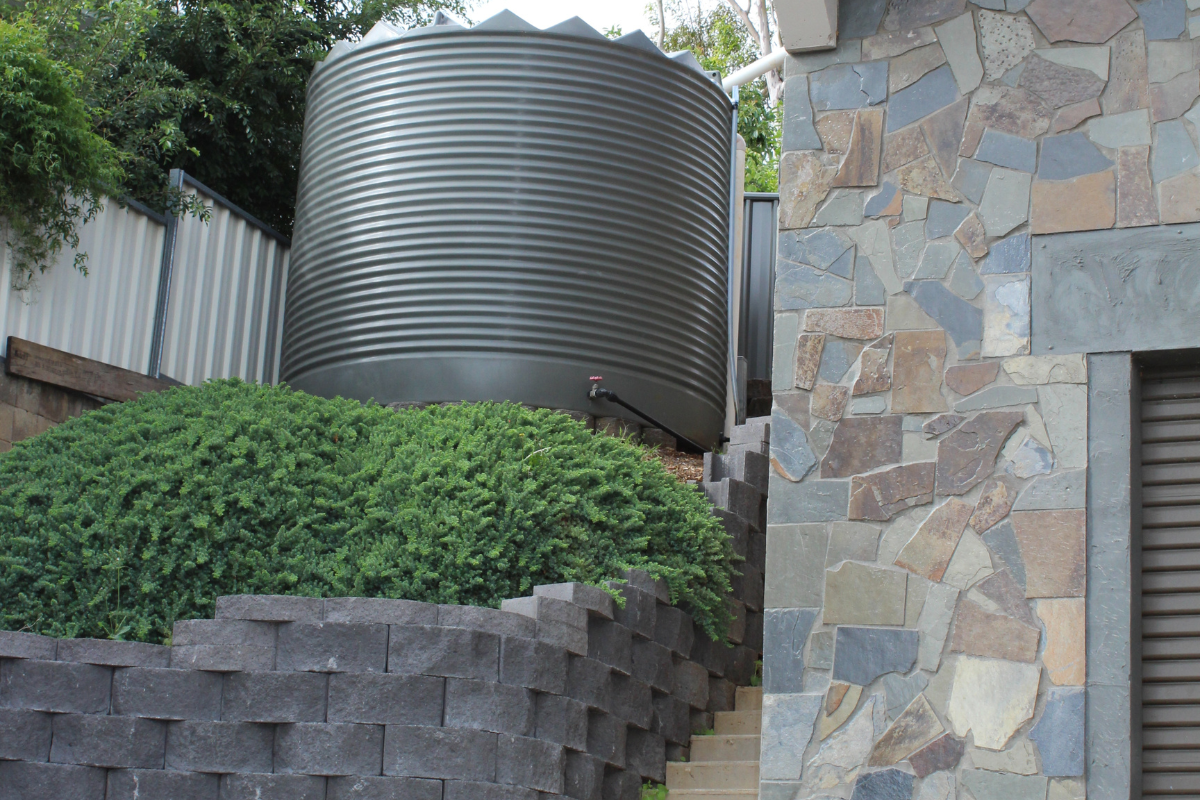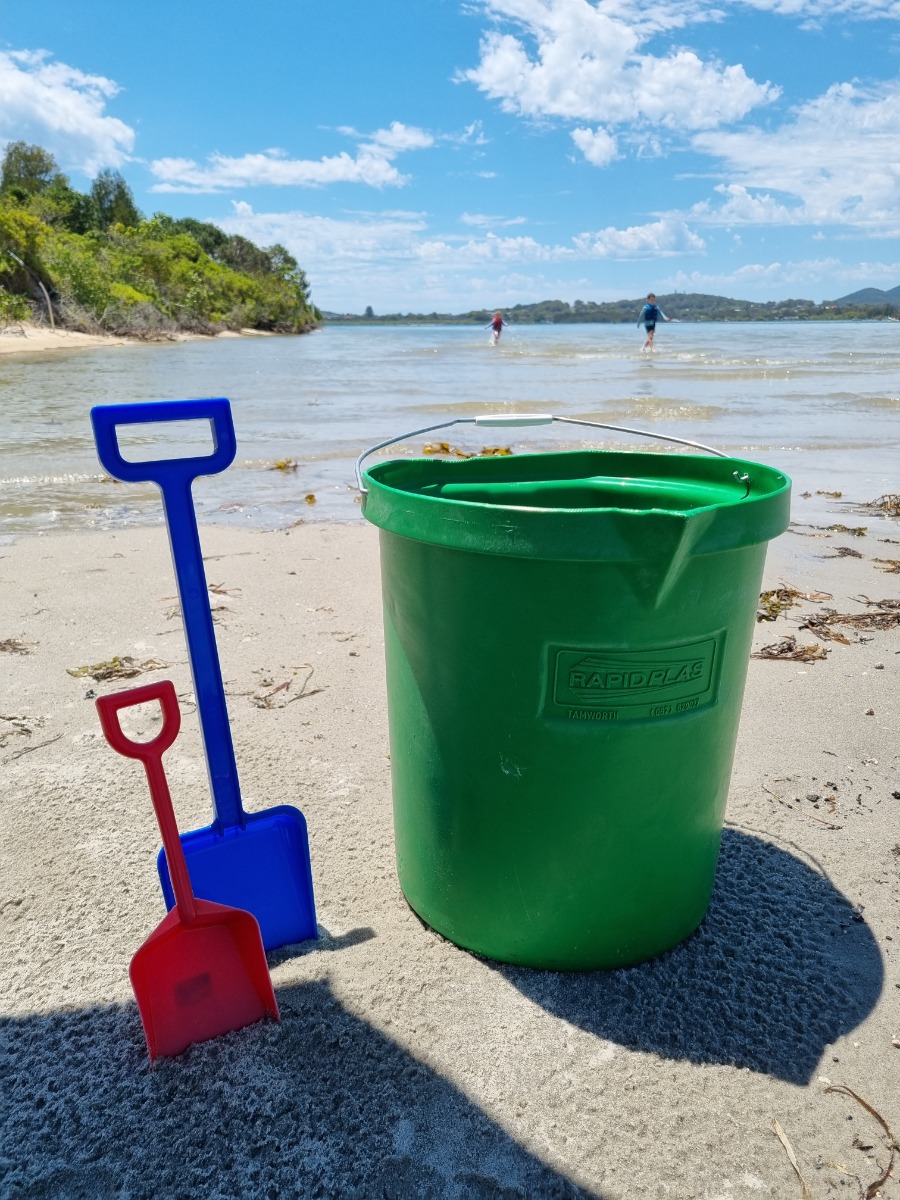Proper installation and regular maintenance are key to ensuring your water tank will give you trouble-free service for years to come. The site you select and the foundation you prepare are both critical to your tank’s performance. In the rare incidence of tank deterioration or failure, the cause of most cases traces back to an unstable base that can void the warranty. To prevent this scenario, here is a guide to selecting a site and preparing it for tank installation:
Choose a Site with Adequate, Stable Ground
Site selection cannot be compromised, regardless of whether you’re installing a small or large rainwater tank.
When deciding on where to place your tank, find a stable area that is not vulnerable to erosion or landslides. Check that the site you’ve chosen follows your local council’s regulations for setbacks from boundaries and any relevant building codes.
When measuring the ground area, take into account that the base should be slightly bigger than the tank. For round poly tanks, the base has to be at least 600mm greater than the tank diameter, while for slimline poly tanks allot 100mm space around each side.
You also have to check if the site can sustain the relevant loading: allow 1 tonne for every 1000 litre tank capacity.
Consider Water Catchment and Accessibility
Accessibility and optimal rainwater harvesting capacity are two equally important considerations in selecting a site. If you have multiple buildings on your site, opt for the structure with the steepest roof pitch, and preferably made of sheet metal, since the discharge of water and any contaminants is quicker.
For accessibility, consider placing the tank near to where a vehicle can park for easy connection, whether to truck water to other areas or in an emergency to extinguish a fire. Harvested rainwater is suitable for many domestic uses. Therefore, consider the best location for the tank to connect to your house or workplace.
Give Your Tank a Strong and Safe Base
The best tank bases for poly water tanks are concrete, or boxed compacted crusher dust. If you opt for concrete, make a level, 75mm or 3” concrete slab. Before pouring the concrete, ensure that the soil is suitably compacted and consider a layer of hardcore underneath.
For compacted material, the base should be 75mm or 3” thick and at least 600mm wider in diameter than your chosen tank. The base must be free of any sharp objects such as rocks and has to be thoroughly compacted. To avoid erosion, box in the compacted dust with a brick or timber edge.
Preparing the site before your tank arrives contributes to a smoother installation. If you employ a contractor, clearly explain the specification and your requirements for the tank’s base before they start work.
Any Questions?
Rapid Plas is dedicated to providing solutions to NSW and south-eastern QLD’s residential and agricultural water storage needs. For questions on our tanks and services, contact us today.


